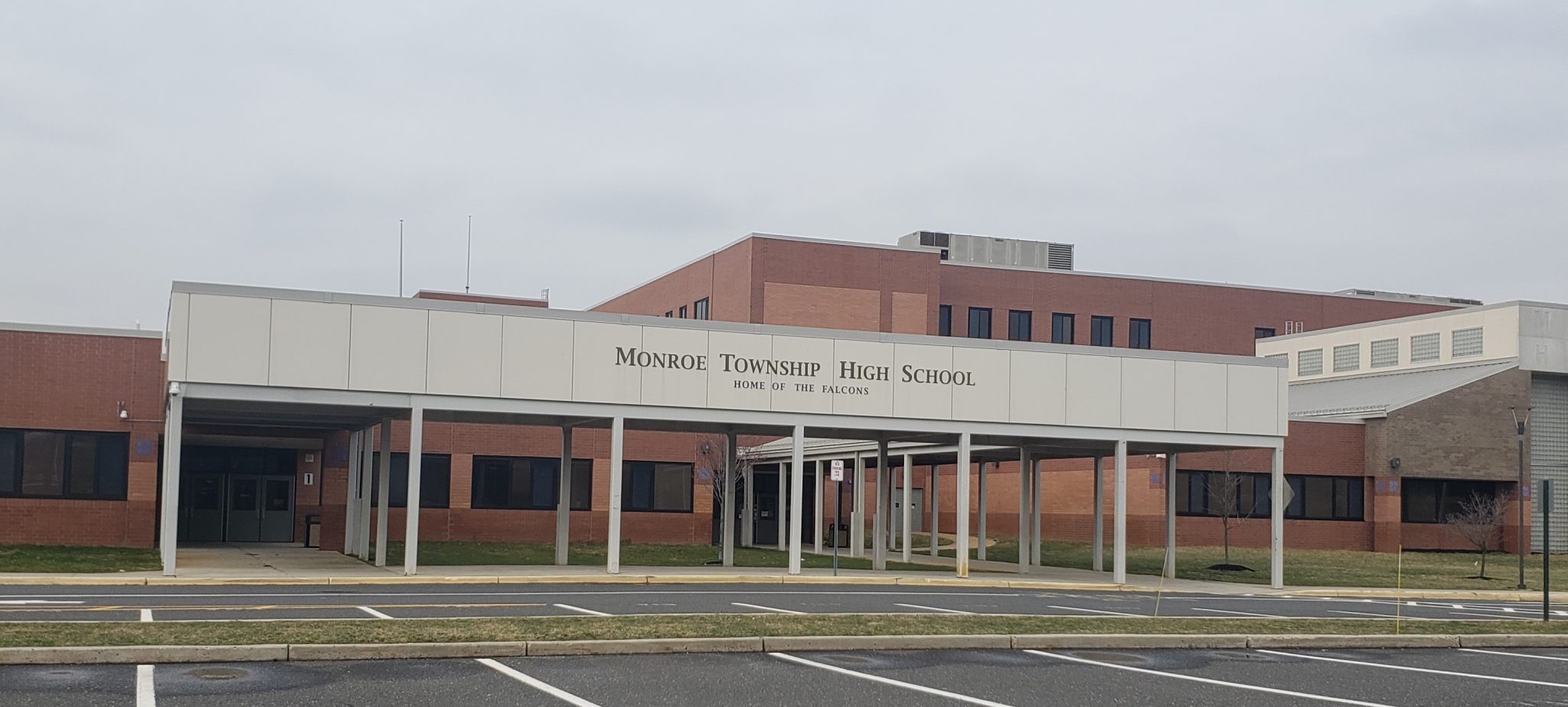MONROE – The Monroe School District faced a tough budget year for 2020-21, and next year will be even tougher with depleting surplus, no banked cap, student enrollment growth, special education costs, and facility needs.
That is not even factoring the impact of the novel coronavirus pandemic, school officials said.
“It is very challenging right now,” said School Business Administrator Michael Gorski. “To replenish our capital reserve account, we have to have additional revenue sources not earmarked for the general fund budget. … I don’t see that happening unless programs and services currently being enjoyed somehow are removed from the budget.”
The Monroe Board of Education adopted the $136.89 million budget at a meeting on April 27. No existing positions and programs have been cut from the 2020-21 budget, school officials said.
The budget is supported by the collection of a $108.06 million tax levy from the township’s residential and commercial property owners.
The school district’s 2019-20 budget totaled $134.88 million and was supported by the collection of $104.51 million in a local tax levy.
For 2020-21, the school district tax rate is increasing by $2.17 cents to $2.6 cents per $100 of assessed valuation.
District administrators said for the owner of a home assessed at the township average of $318,000, school taxes will increase by $83.84 from 2019-20, which saw a $68.87 school tax increase.
The amount of school taxes an individual pays is determined by the assessed value of his home and/or property and the tax rate that is set by the school district.
The budget includes the use of $1 million more in state aid the district received, the use of $1.4 million in banked cap from previous budget years and $180,000 from capital reserves.
The district will receive $7.28 million in state aid for 2020-21, which administrators said is an increase of $1.01 million, or 17.2% increase from the 2019-20 total of $6.27 million.
The district would garner $500,000 in revenue sources with increases to the Jamesburg tuition fee of $82,500 (Jamesburg sends students to Monroe Township High School), a 10% increase in fees for before and after school Falcon Care and Early Children Enrichment, and fee increases for building and iPad uses.
Gorski said the district will aggressively look into advertising on buses and school grounds to offset the costs the parents and guardians face with the proposed fee increases.
School officials noted Falcon Care fees have not been increased since they started the service four years ago and building fees will be for people outside of Monroe.
With the current closure of school, the district will refund money to parents for Falcon Care and Early Children Enrichment for the remainder of the school year. Gorski said the district was able to transfer $600,000 for this year’s budget as a revenue source; however, there is growing concern for next year.
The district, through negotiations during the budget process, decided to change the employee health insurance carrier to Aetna starting July 1, which gave the district a 0% increase. Negotiations with the district’s current provider Horizon Blue Cross Blue Shield yielded a 6.5% increase, which school officials said was not affordable without cutting existing programs and services.
School officials said school budget spending is driven by enrollment. A User Friendly Budget posted by administrators indicates the district’s enrollment on Oct. 15, 2018, was 6,824 pupils. The district’s enrollment on Oct. 15, 2019, was 6,903 pupils. The district’s estimated enrollment for 2020-21 projected from Ross Haber Associates is 7,144.
Two referendums proposing the construction of a new middle school failed in 2018 and 2019. The Board of Education commissioned an Ad Hoc Committee after the failed referendum in 2019 to review options for housing students. The Ad Hoc Committee gave their recommendation to the board at a meeting on Jan. 22 and the district had been investigating the feasibility of their recommendation for a future referendum.
Gorski said the 2020-21 budget includes reserve funds for another referendum including election costs and anticipated costs for engineering and architecture.
The majority of the budget, 52.90%, is in instruction, special education related services and tuition; benefits follow with 20.68%; debt service is 7.82%; and transportation makes up 5.5%.
The budget includes six 54-passenger buses with cameras totaling $650,000, two 25-passenger vans with wheelchair lifts and cameras totaling $160,000, one additional bus driver and one transportation paraprofessional totaling $74,039, and two GPS bus locator monitoring and tracking systems and two radios totaling $9,000.
Capital improvements include the creation of two additional classrooms from the media center at Oak Tree School totaling $120,000, paint and remediation at Barclay Brook School totaling $60,000, the Monroe Township Middle School Industrial Arts Dust Collection Exhaust system totaling $75,000, and other health and safety requirements totaling $100,000-$200,000.
Gorski said ratables in the township, which also influence the tax rate, are increasing $105 million, 1.36%, in the 2020-21 school budget. He noted last year, the township saw a 1.97% increase in ratables.
The budgetary per pupil cost in the Monroe Township School District is $14,925 for a K-12 district of 3,500-plus students, and administrative costs per pupil is $1,463.
The district is made up of six elementary schools, one middle school and one high school.

